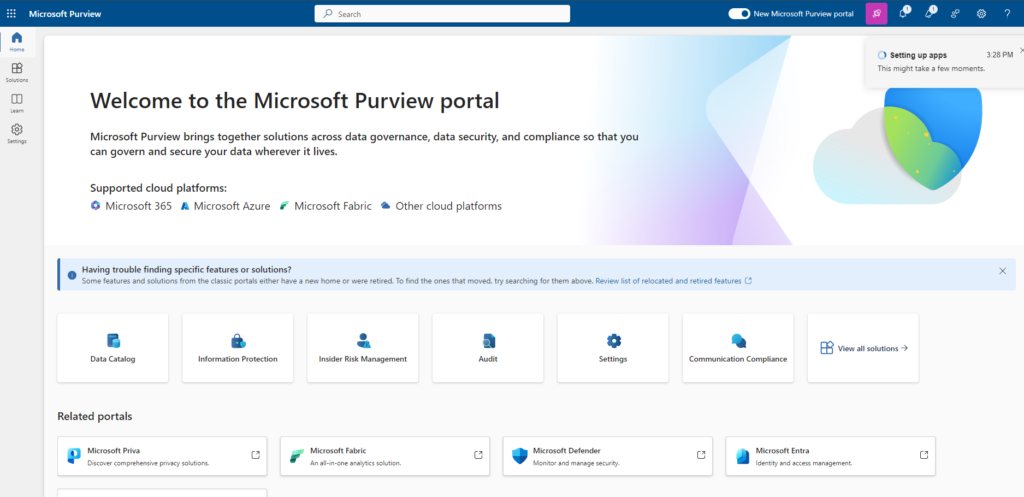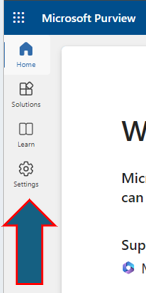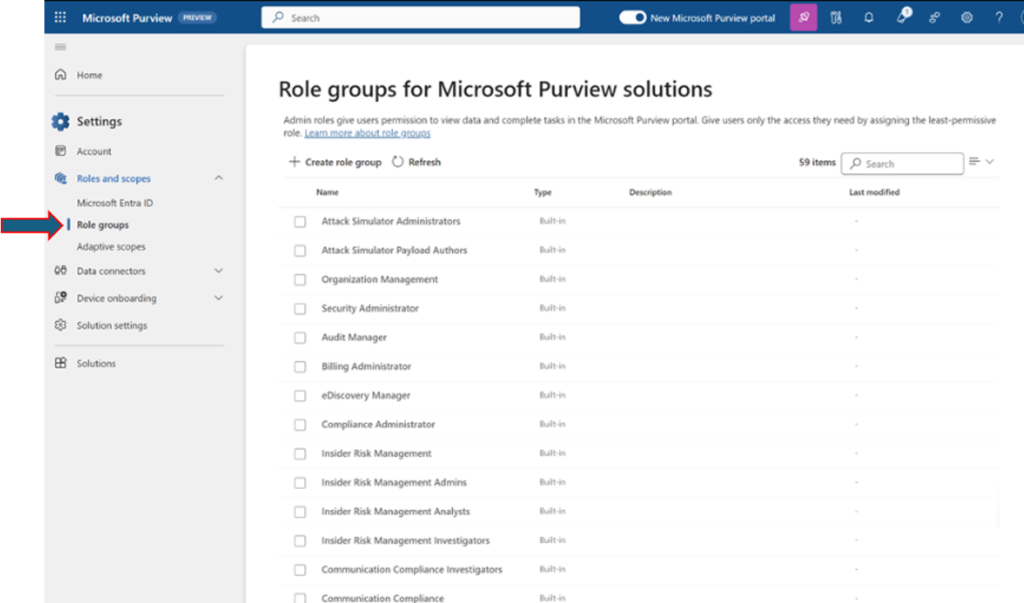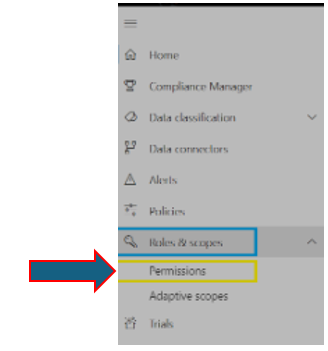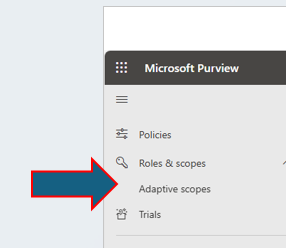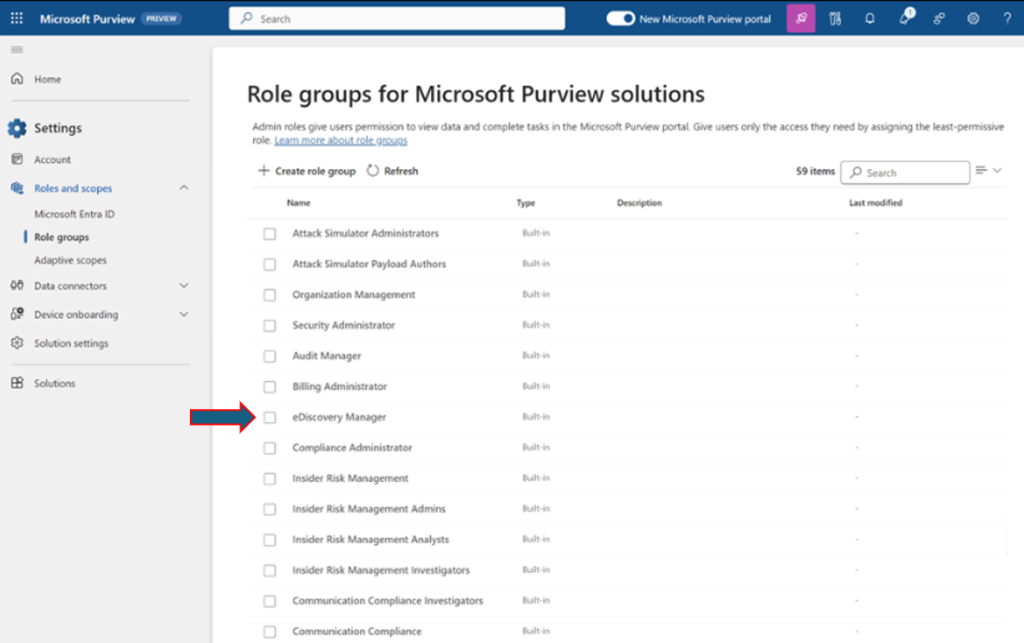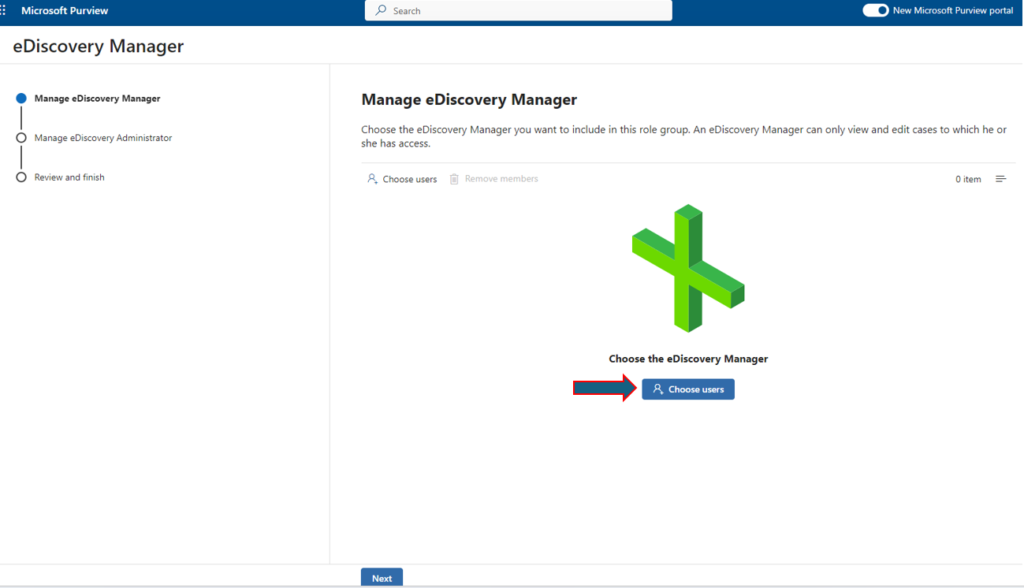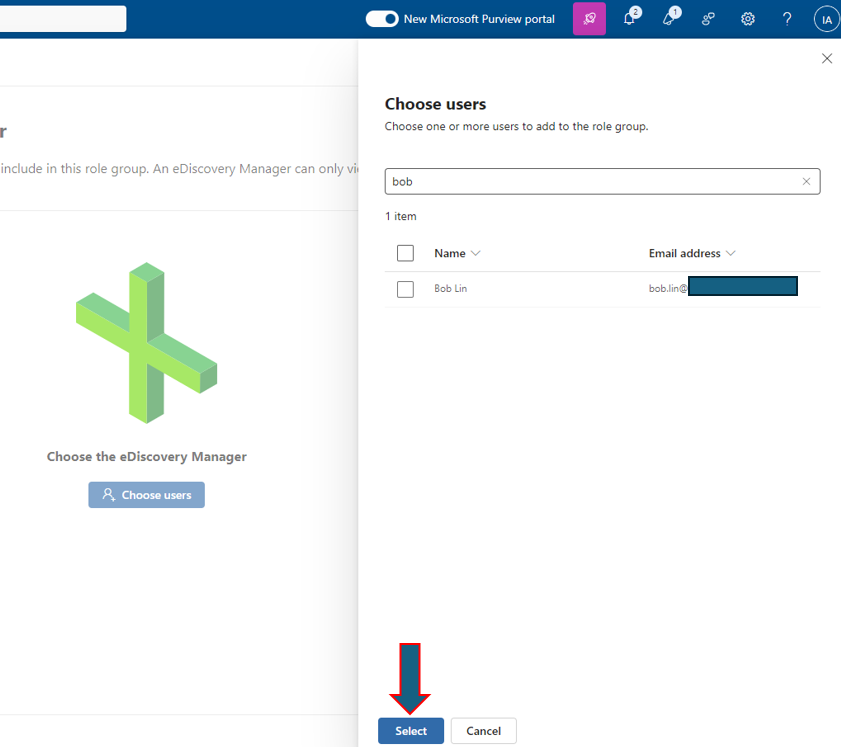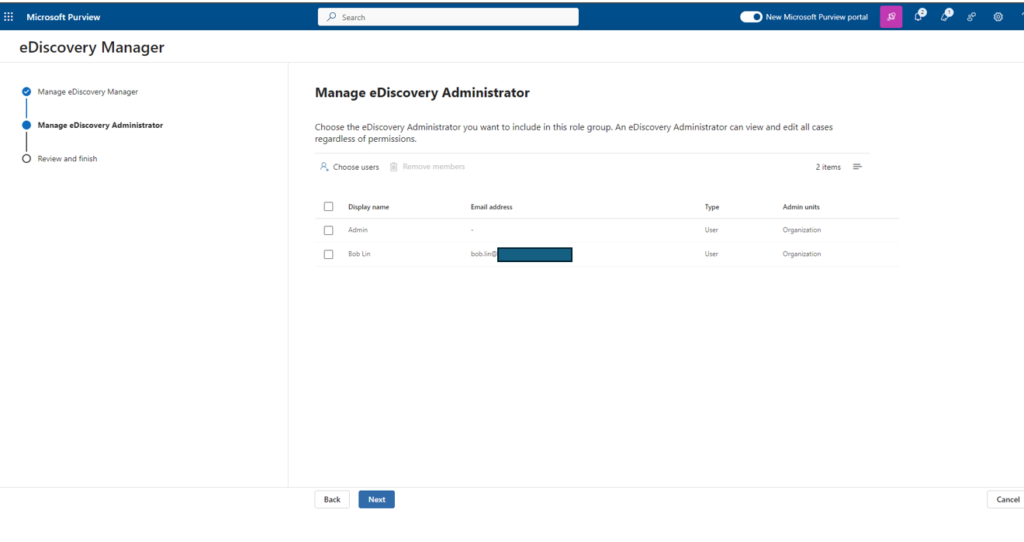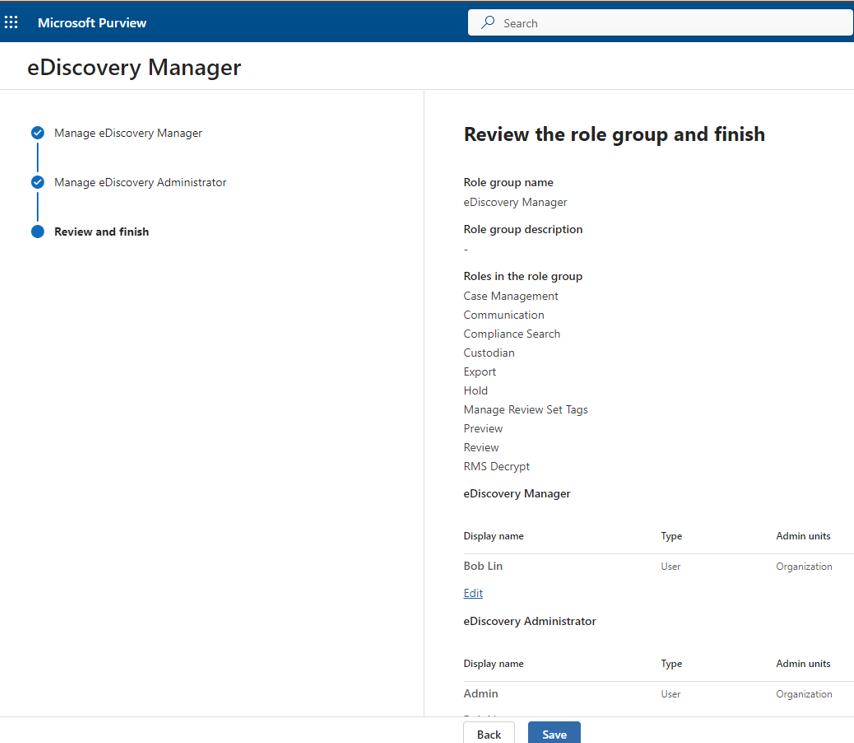Exporting emails as a PST file from Exchange 2016 can be done using the Exchange Management Shell (EMS) with the New-MailboxExportRequest cmdlet. Here’s a step-by-step guide:
Prerequisites:
- Permissions: You need to be a member of the “Mailbox Import Export” role group. By default, this role isn’t assigned, so you’ll need to assign it.To assign the role:powershellCopy code
New-ManagementRoleAssignment -Role "Mailbox Import Export" -User "YourUsername" - File Share: You need a network share where the PST files will be saved. Ensure that the Exchange Trusted Subsystem has read/write permissions to this share.
Step-by-Step Guide:
1. Create a Network Share:
- Create a folder on a file server (e.g.,
\\FileServer\PSTExports). - Share the folder and give the “Exchange Trusted Subsystem” group read/write access.
2. Open Exchange Management Shell:
- Launch the Exchange Management Shell as an administrator.
3. Export Mailbox to PST:
- Use the
New-MailboxExportRequestcmdlet to export a mailbox to a PST file.
Example Command:
powershellCopy codeNew-MailboxExportRequest -Mailbox "UserMailbox" -FilePath "\\FileServer\PSTExports\UserMailbox.pst"
- Replace
"UserMailbox"with the actual mailbox name. - Replace
\\FileServer\PSTExports\UserMailbox.pstwith the actual path to the network share where you want to save the PST file.
4. Monitor the Export Request:
- You can check the status of the export request using the
Get-MailboxExportRequestcmdlet.
Example Command:
powershellCopy codeGet-MailboxExportRequest
- To see detailed information about a specific export request, you can use:
powershellCopy codeGet-MailboxExportRequest -Mailbox "UserMailbox" | Get-MailboxExportRequestStatistics
5. Complete the Export:
- Once the export is complete, you can find the PST file in the specified network share.
6. Remove the Export Request:
- After the export is complete and you’ve verified the PST file, you can remove the export request.
Example Command:
powershellCopy codeRemove-MailboxExportRequest -Mailbox "UserMailbox"
Additional Considerations:
- Exporting Specific Items: You can filter the items to export based on date, folder, or other criteria using parameters like
-ContentFilteror-IncludeFolders.Example to export only emails from a specific date range:powershellCopy codeNew-MailboxExportRequest -Mailbox "UserMailbox" -ContentFilter {(Received -ge '01/01/2023') -and (Received -le '01/31/2023')} -FilePath "\\FileServer\PSTExports\UserMailbox.pst" - Handling Large Mailboxes: For very large mailboxes, the export process might take some time. Ensure the file share has sufficient space.
Following these steps will allow you to export mailboxes to PST files from Exchange 2016 efficiently.
You can lso export mailboxes to PST files using the Exchange Admin Center (EAC) in Exchange 2016. Here’s how you can do it:Step-by-Step Guide to Exporting Mailboxes to PST via EAC:
1. Assign Permissions:
- Before you can export mailboxes, ensure that your account has the necessary permissions. You need to be a member of the “Mailbox Import Export” role group.
To assign the role:
powershellCopy codeNew-ManagementRoleAssignment -Role "Mailbox Import Export" -User "YourUsername"
2. Create a Network Share:
- Create a shared folder on a file server where the PST files will be saved (e.g.,
\\FileServer\PSTExports). - Ensure the “Exchange Trusted Subsystem” has read/write access to this folder.
3. Access the Exchange Admin Center (EAC):
- Open a web browser and navigate to the EAC:arduinoCopy code
https://<ExchangeServerName>/ecp - Log in with your administrator credentials.
4. Navigate to Mailbox Export Requests:
- In the EAC, go to “Recipients” on the left-hand side.
- Click on “Mailboxes”.
- Select the mailbox you want to export.
- In the right-hand pane, under “More options”, click on “Export to a PST file”.
5. Configure Export Settings:
- Export Options:
- Export only the contents of this mailbox: This option exports all the content of the mailbox.
- Export only the contents of this mailbox’s archive: If the mailbox has an archive, you can export just the archive contents.
- File Path:
- Enter the path to the network share where the PST file will be saved (e.g.,
\\FileServer\PSTExports\UserMailbox.pst).
- Enter the path to the network share where the PST file will be saved (e.g.,
- Confirm Settings:
- Review your settings and then click “Next”.
6. Start the Export:
- The export request will start, and you’ll see a message indicating that the export process has been initiated.
7. Monitor the Export Process:
- You can monitor the status of the export request in the EAC under “Recipients” > “Mailbox” > “Mailbox Export Requests”.
- The status will update as the export progresses (e.g., “In Progress”, “Completed”).
8. Complete the Process:
- Once the export is complete, you can find the PST file in the specified network share.
9. Cleanup:
- After verifying the PST file, you can remove the export request from the “Mailbox Export Requests” section in the EAC.
Additional Considerations:
- Exporting Multiple Mailboxes: If you need to export multiple mailboxes, you’ll need to repeat the process for each one.
- Filters: Unlike the Exchange Management Shell, the EAC does not offer as many filtering options (e.g., by date or folder). For advanced filtering, you might need to use the Shell.
Using the EAC provides a more user-friendly, GUI-based method for exporting mailboxes to PST files, making it ideal if you’re not as comfortable with PowerShell commands.
